Annette Boose, Otterbein University and
Andrew Boose, Metro Parks Aquatic Ecologist
Over millions of years animals have evolved to blend into their surroundings. This is called camouflage and it helps them to avoid detection and predation. Maybe you have had the opportunity to see this first hand in one of your Metro Parks. A great horned owl or a frog in their natural habitat would be an example of an animal that uses camouflage. It is likely that you had to look very carefully at first in order to find the animal.
Mimicry, like camouflage, serves as protection to a species in order for them to avoid predation or detection. Mimics, however, are not trying to blend into their surroundings—they are trying to deceive as a defense mechanism, and in a few cases for the purpose of reproduction. Some of them are boldly marked and overtly obvious individuals that make no attempt to hide. Mimics are animals that look or act like another animal.
Wasp and bee mimics
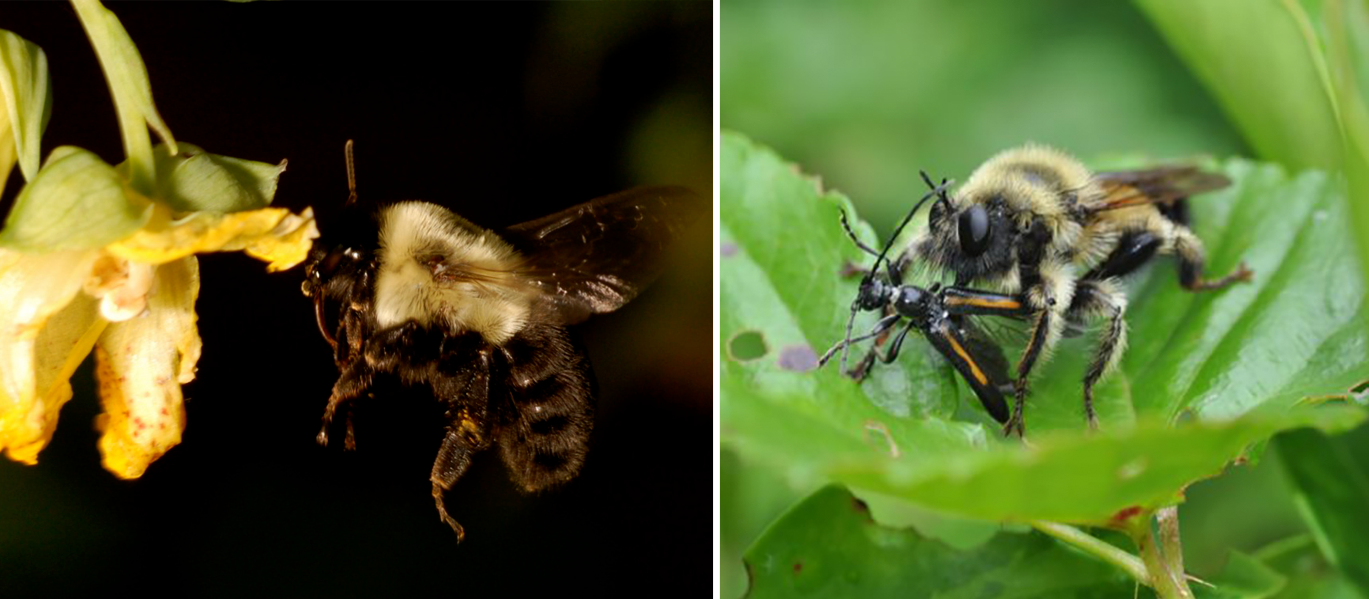
Many insects mimic the colors and patterns of stinging insects such as wasps and bees. This is advantageous because they are perceived as dangerous by potential predators because of their color and often times their behavior, but in reality they are harmless and even serve as pollinators. The bumble bee robber fly mimics the bumblebee, but rather than visiting flowers, it is a predator of other insects. Other insects may know not to attack a stinging bumble bee, but they do not expect a bumble bee to attack them.
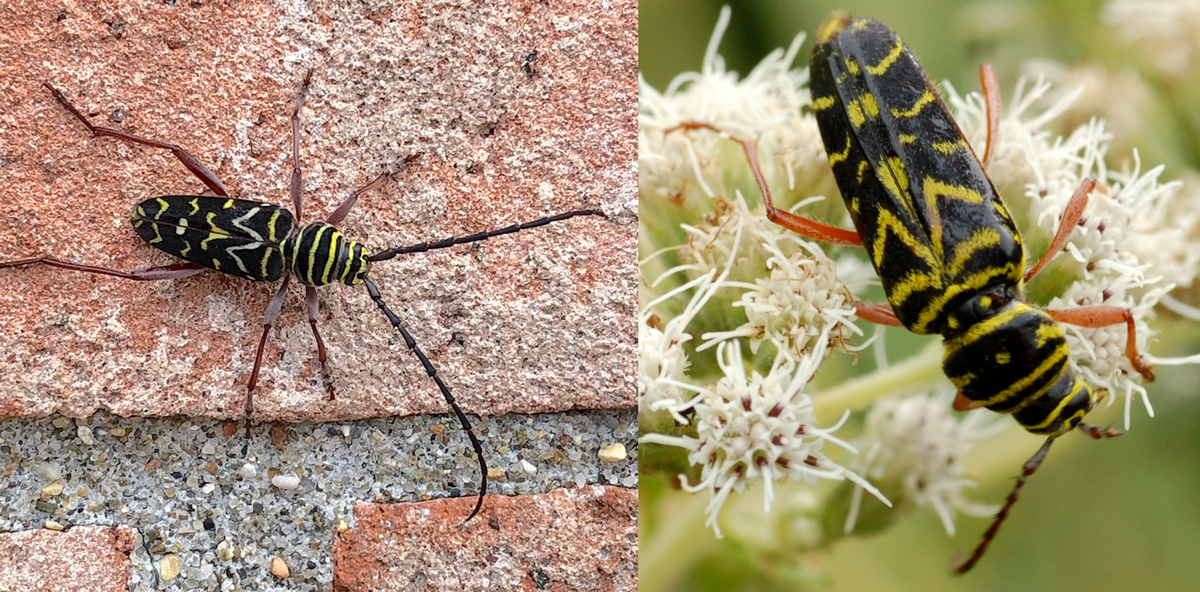
Some insects will mimic a mimic. The painted hickory borer, which can be seen in spring, mimics the locust borer which is not seen until late summer. Both mimic wasps as a form of defense.
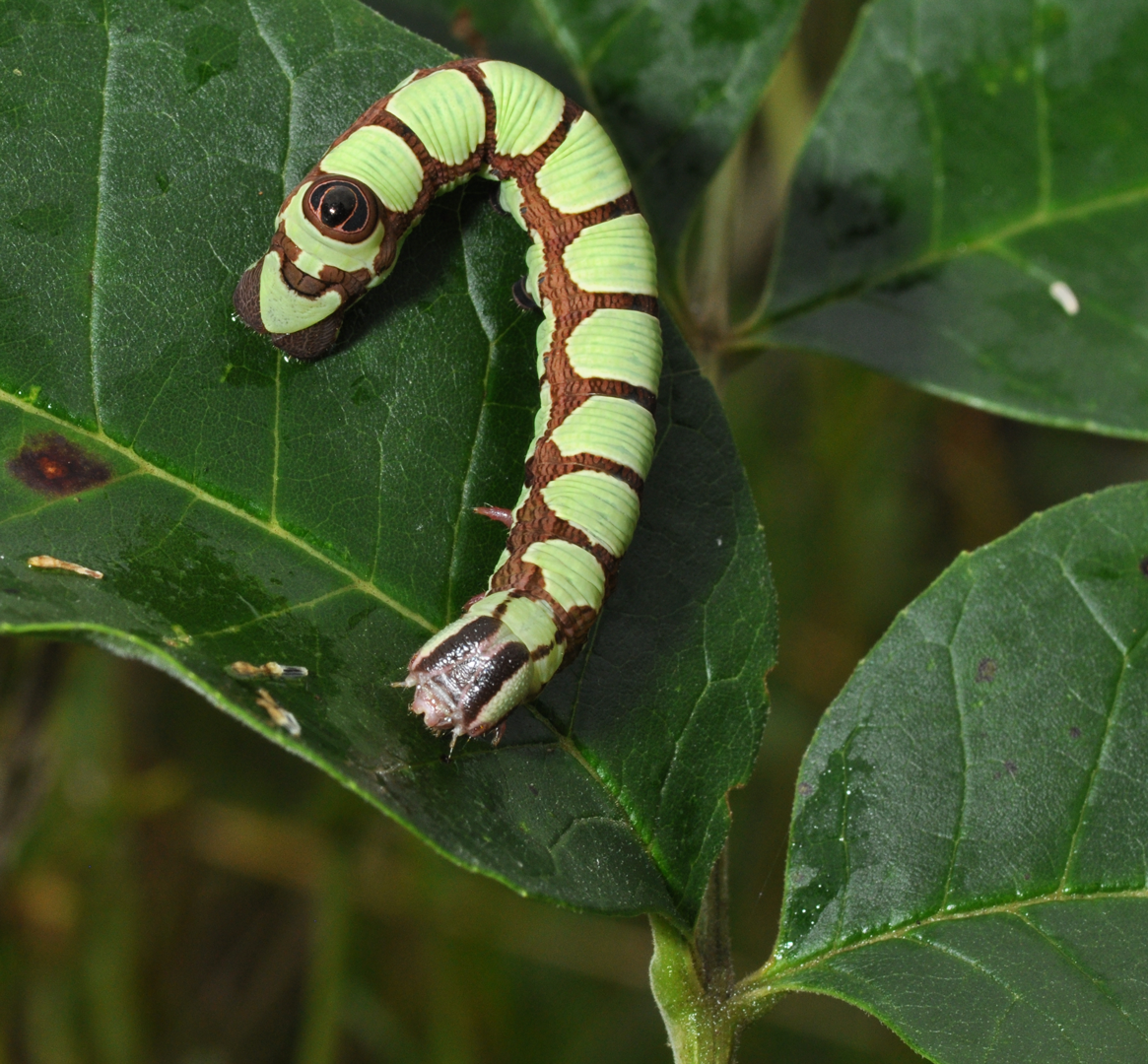
The abbot’s sphinx moth caterpillar mimics a snake’s eye. The eye not only startles potential prey, it also draws attention to its back end rather than its head.
Fish mimic
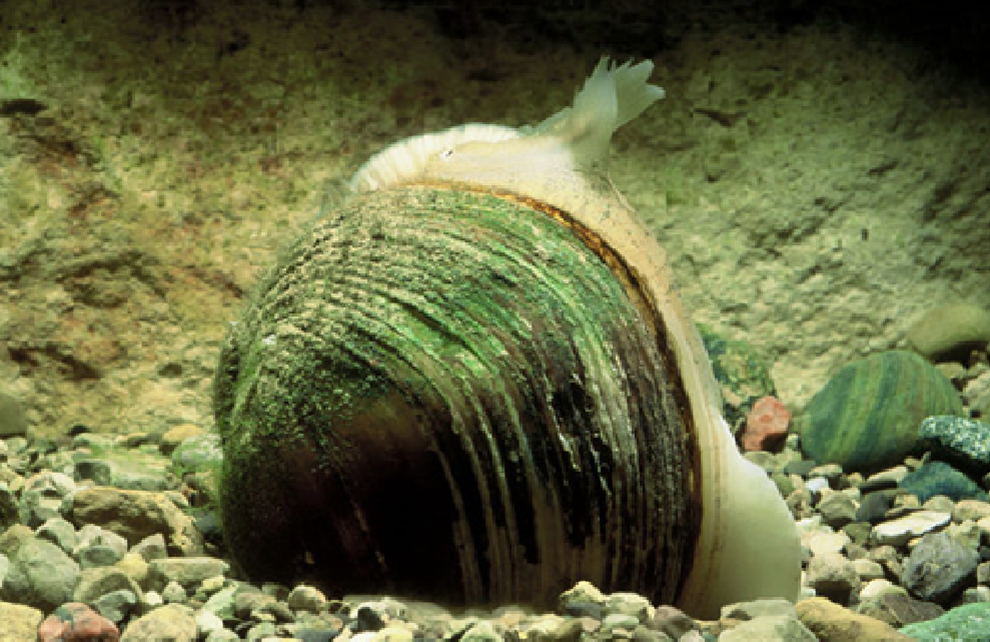
Another remarkable case of mimicry can be seen in the freshwater mussel. Despite lacking the sense of sight, some species of freshwater mussel have developed an ingenious way of luring fish close enough to their slightly open shell just long enough to clamp onto them and inject baby mussels called glocidia into the fish’s gills. The fish is then released and deposits the infant mussels up and down the stream bed as it goes about its normal course of business.
Butterfly mimic
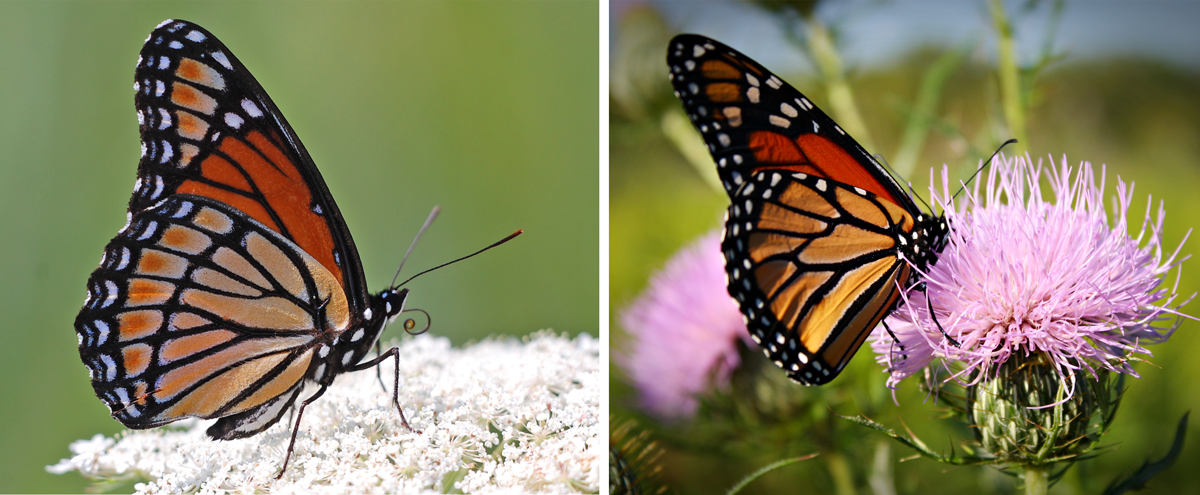
Many of you have probably seen the monarch butterfly. But are you sure you saw the monarch and not its mimic the viceroy? Monarchs do not taste good to predators because of the milkweed they feed on in their larval stage. This is an example, as are bee and wasp mimics, of Batesian mimicry in which an organism that is able to avoid predation is mimicked by one that lacks this ability.
Bird mimics
Many birds also mimic other birds through vocalizations. The exact reason why is not known but it is thought to be related to keeping other species out of their territory. Examples of birds that mimic are the blue jay, which can mimic hawks; thrashers, which have a large repertoire of songs; mockingbirds, which definitely live up to their names.
Now that you know a little bit about mimicry we encourage you to explore the topic on your own. When you are out and about in your Metro Parks this summer pay close attention to the sights and sounds that you see and hear. Since many of you have smart phones you might consider downloading one of the many free apps that will enable you to identify and learn more about the different species of plants, animals, insects and birds that you see. Learning about these creatures is fun, interesting and relaxing.
